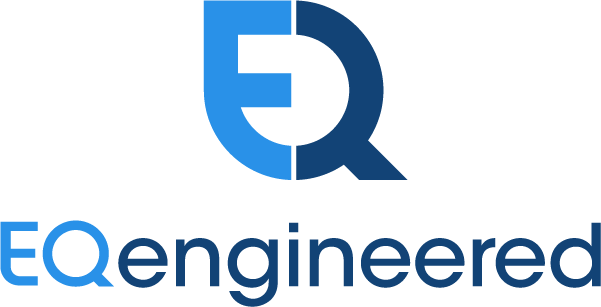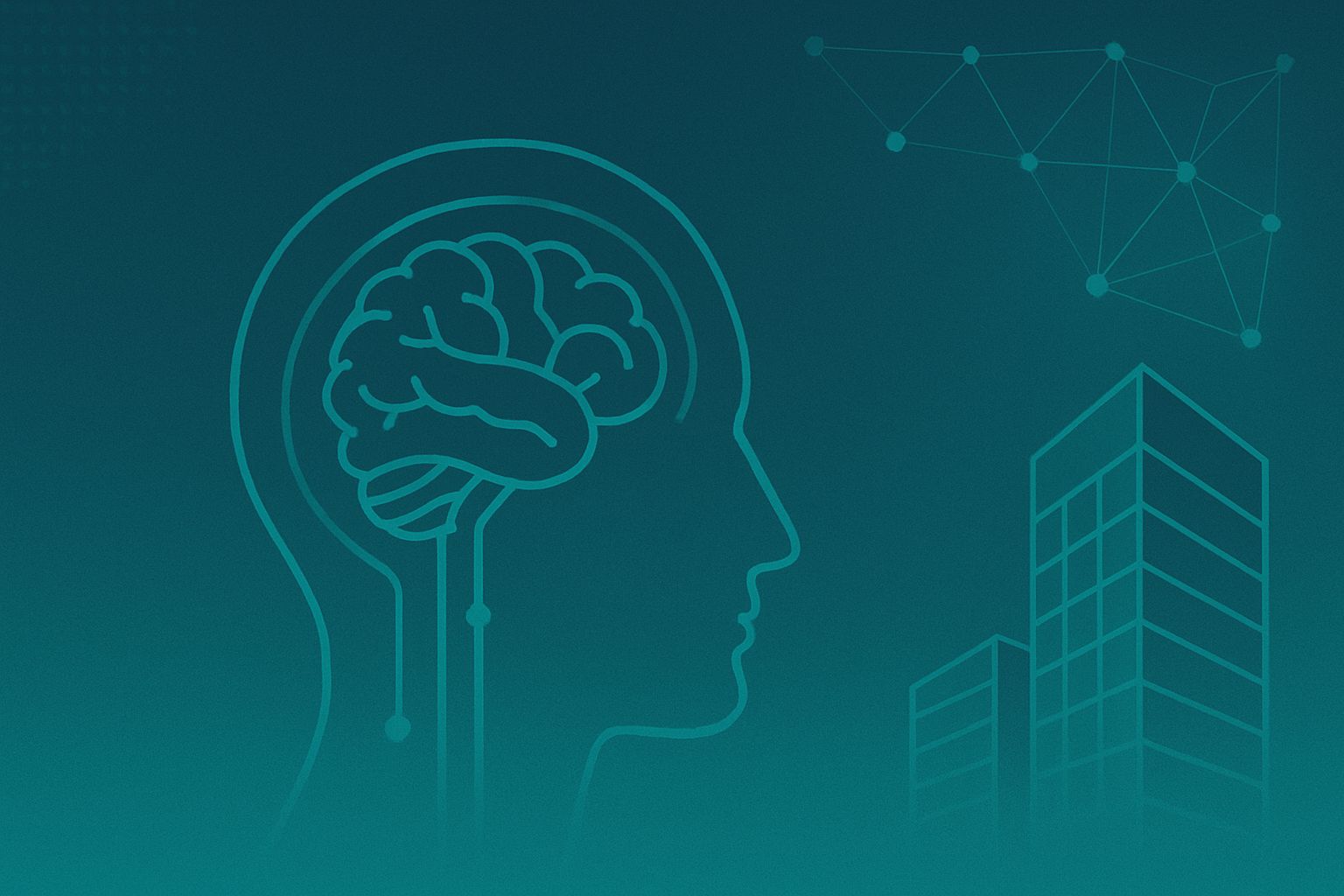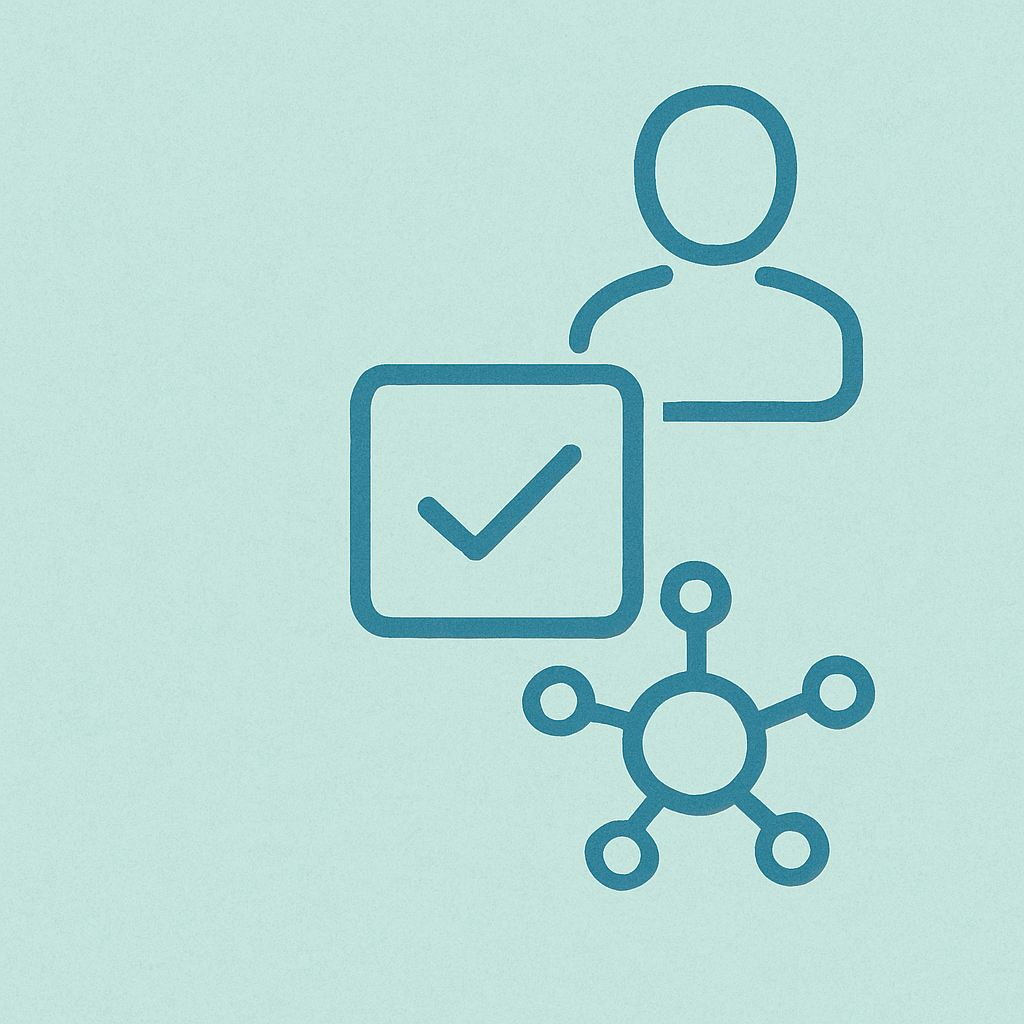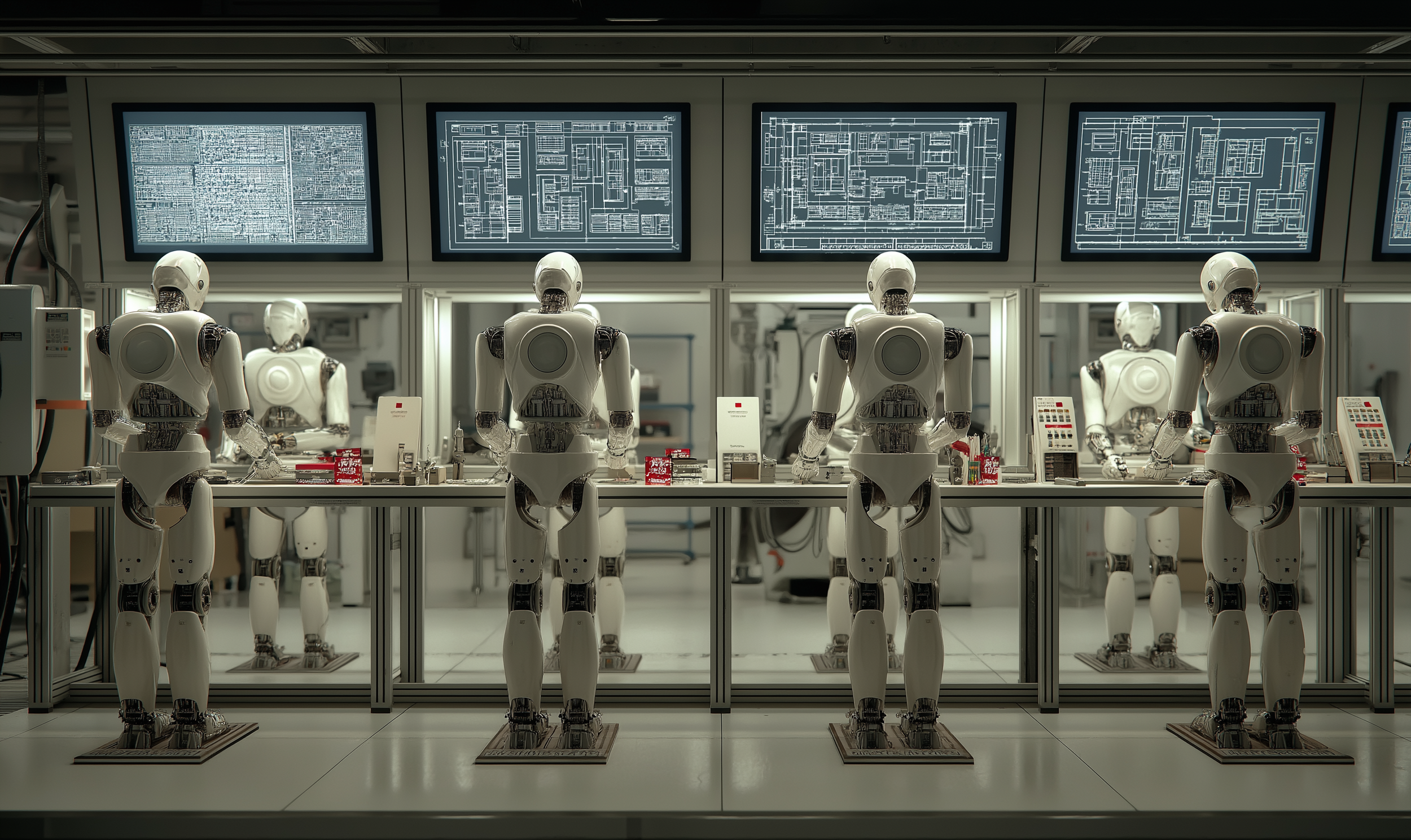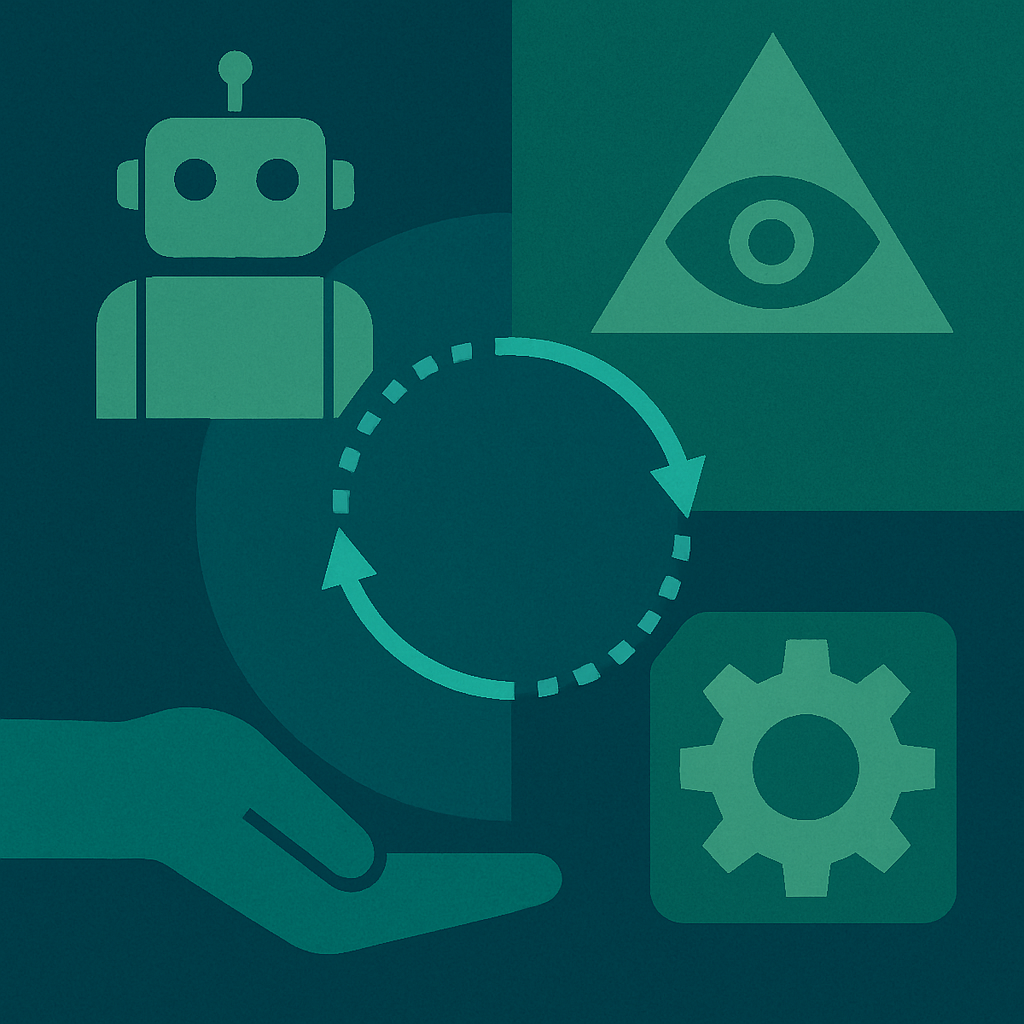Autonomy is the path to greater enterprise resilience. The future will not only be efficient. It will be autonomous, and it must remain human at its core.
Read MoreThe answer to potential mistakes by coding agents is often increasing the amount of test code. Many organizations are making a big push to increase testing code to enable greater agent use.
Yet my experience has revealed that this formula does not work as well as imagined. Human decisions around test code before we used agents were doing more good work than I realized, and they need to be restored.
Read MoreOver the next three to five years, the real frontier is going to be all about personalization, governance, and keeping the human element front and center.
Read MoreAs we enter 2026, a new competitive paradigm has emerged: agentic AI.
Systems that operate not only with intelligence, but with agency.
Read MoreAgentic AI represents a once-in-a-generation opportunity to redefine competitive advantage. By harnessing data, technology, culture, and enterprise-wide capabilities, organizations can reimagine work, accelerate learning, and lead by example.
Read MoreAs the use of coding agents has become fully mainstream, it is now time to help teams on large projects work together to make their AI use more effective, rather than continuing to leave individuals to improve results by themselves.
Read MoreA good prompt can lead to behavior that feels like magic. One line of carefully tuned instructions can transform messy input into something structured, useful, and surprisingly specific. That makes a strong prompt more than just a clever trick!
Read MoreEvery AI model you interact with is following invisible instructions that shape its entire personality and behavior. And when you understand how these work, you can finally control what you get out of AI tools.
Read MoreAutonomy is not optional. It is the defining enterprise capability of the next decade. In an environment of disruption, volatility, and complexity, enterprises that embrace autonomy will thrive, while those that delay risk irrelevance.
Yet autonomy must remain human-centered. It must be designed to empower people, not replace them. Machines will manage scale and complexity, but humans must continue to provide creativity, ethics, and judgment
Read MoreThe nx package attack was a complex attack chain that was based on social engineering of AI agents rather than technical exploits. This highlights a fundamental principle: security responsibility remains with the human operator, regardless of tool sophistication!
AI coding agents offer substantial productivity benefits when used with appropriate security controls. The key is implementing defense-in-depth strategies that assume both human error and malicious actors.
Read MoreEthical governance isn’t a barrier to innovation, it is the foundation of trust-driven growth. For enterprises pursuing scaled AI adoption, the question is not whether to embed human oversight. It is whether your organization can afford not to.
Read MoreBy implementing HOTL frameworks, CEOs and COOs enable AI to operate at enterprise scale while keeping human insight in the loop where it matters most. This is not a constraint; it’s a competitive advantage.
Read More